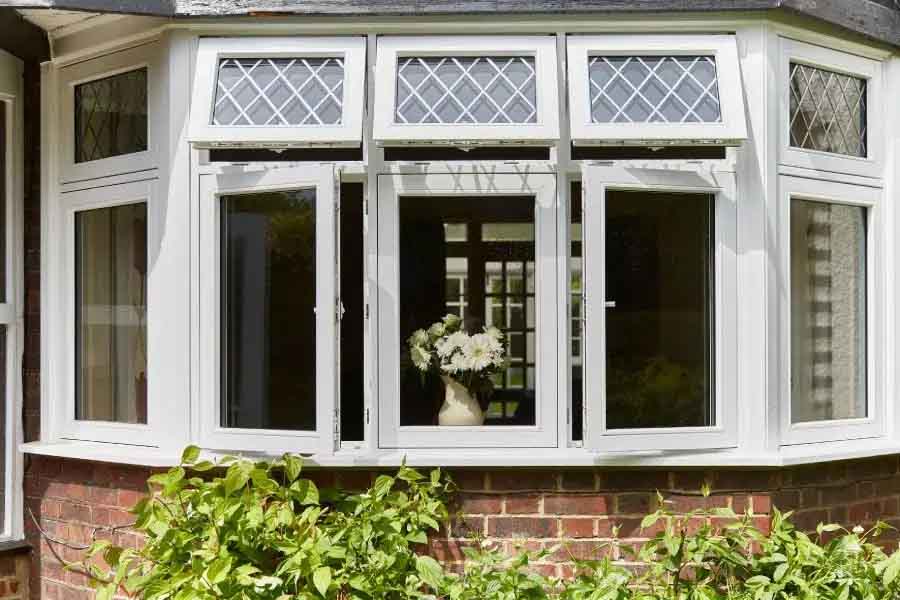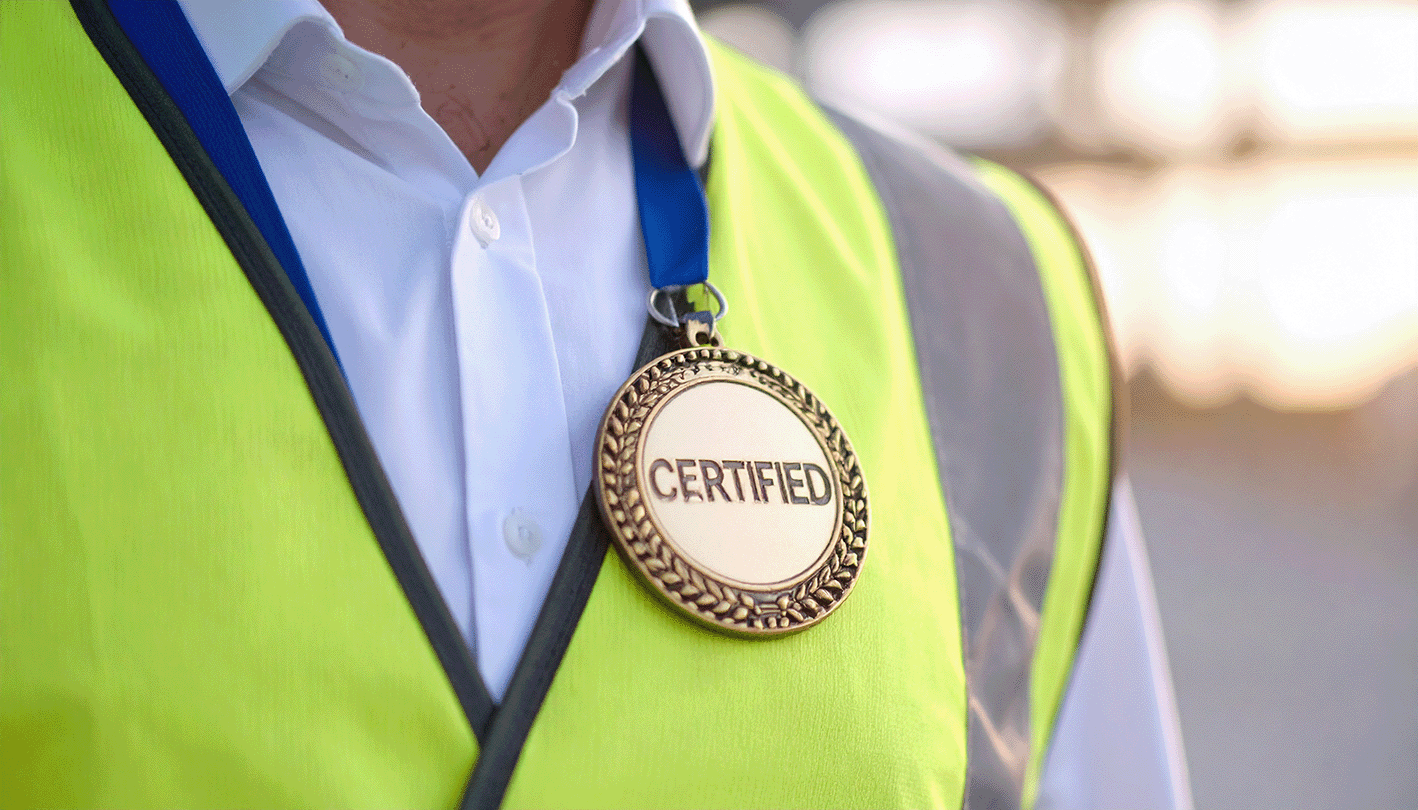A Complete Guide to Indoor Air Quality Audits for Health & UK Compliance
Understanding the difference between legal requirement and voluntary certification in the UK Indoor Air Quality space can be incredibly daunting for those unfamiliar with the specifics. This article aims to illustrate the differences between mandatory and non-compulsory limits to help property owners and business owners make informed choices about their air quality systems. A key component of compliance, we will also discuss how air quality tests are used to prove compliance and meet non-compulsory criteria in the indoor air quality sector.
What is an indoor air quality audit?
Indoor air quality audits, or indoor air quality tests as they are more commonly referred to, are assessments that can be conducted in buildings of any use (e.g., schools, offices, hospitals, residential blocks) to comprehensively understand the composition of the air. They allow a business or property owner to make justified, research-backed adjustments to their indoor air quality (IAQ) with the peace of mind that their investments are made in the right places. These audits can also be conducted as a one-off to obtain certifications, or periodically to ensure that installed equipment is functioning properly to keep the air clean in the long-term.
IAQ tests involve testing with air-monitoring devices over a designated period of time to determine how safe the air is to breathe. Through analysis, we can offer bespoke guidance and advice on how to remediate potential issues, like high quantities of particulate matter (PM10s and PM2.5s) that can be detrimental to human health. Alongside our expert-backed guidance, an indoor air quality test can provide the foundations you need in finding long-term solutions to your IAQ problems, or provide the data necessary to achieve health & safety certifications for your building.
What’s involved in air quality testing?
Indoor air quality testing, or auditing, is a form of air quality inspection in which a team of professionals measure the gases and pollutants in the air using specialist equipment. We typically perform IAQ tests for a specific reason, like obtaining BREEAM credits or ensuring a space meets WEL thresholds, however some clients ask for IAQ assessments simply to gauge the cleanliness of the air or to assess the effectiveness of their air filtration and ventilation systems.
Typically, we perform IAQ testing over the course of one or two weeks across a range of areas and conditions within the building. In a school, for example, we would ideally perform IAQ monitoring techniques for about two weeks in multiple classrooms and hallways to ensure we capture a complete image of the day-to-day air quality.
Indoor air quality testing methods depend on the situation, but typically involve analysis of the air using professional equipment like a PM Monitor and various gas sensors, and more thorough tests sometimes assess the efficacy of ventilation systems using equipment like air flow meters. Through these tests, we analyse the concentrations of Total Volatile Organic Compounds (TVOCs), Carbon Monoxide (CO), Carbon Dioxide (CO₂), Ozone (O₃), Formaldehyde (CH₂O), and PM10 and PM2.5 pollutants, like dust and mould. These tests draw us an unambiguous picture of an indoor space’s air quality and provide us with the data we need to take the next steps in improving the air quality.
Why does indoor air quality matter?
As the Government’s Health and Safety Executive (HSE) website states, “Studies have shown that good ventilation is associated with improved health, better concentration, [...] lower rates of absence from work […] reduced exposure to a wide range of air pollutants.”.
Harmful pollutants like dangerous gases or Volatile Organic Compounds (VOCs) can fill our indoor spaces without proper air filtration and ventilation. Many of these pollutants can cause mild effects like eye and respiratory-tract irritation in low doses, and severe effects like loss of consciousness or cancer in more extreme doses. Particularly near certain built environment features, like motorways or factories, your indoor air quality can be worsened through harmful pollutants like Formaldehyde, Carbon Monoxide, and Particulate Matter.
Without proper air quality controls, workers/residents may experience the effects of ‘sick building syndrome’ and begin to complain about poor health, leading to decreased productivity and unhappy staff. This is where an indoor air quality inspection could be particularly relevant. Hospitals and schools are particularly important areas to ensure IAQ is at a high standard, as vulnerable groups such as pregnant women, children, the elderly, and those with existing health conditions can be more severely affected by pollutants and poor air quality. In these sensitive areas, it is essential to conduct regular air quality tests or consistent monitoring to ensure the environment isn’t making people unwell or worsening symptoms.
To prevent IAQ-related health complications, many UK regulations require buildings to contain clean, breathable air for all inhabitants and occupants. Some of these laws include the Health and Safety at Work Act (1974), the Workplace (Health, Safety and Welfare) Regulations (1992), The Building Regulations (2010), and Control of Substances Hazardous to Health (2002). BREEAM certification can also require an air quality test under HEA-02 which you can read about here. If you’re confused about which laws and guidelines you should be following, there’s more information to come!
Simplifying law, guidelines, and certifications for UK Indoor Air Quality
The IAQ sector is filled with landmines if you're unfamiliar with the landscape. If you don't know the difference between WELL and WEL, or you’re stuck between choosing Fitwel or BREEAM, let's summarise the key things to look out for when keeping your building compliant and safe:
Voluntary certifications
A wealth of different voluntary certifications can be earned through certain practices, like using sustainable building materials and constructing a wellbeing-focused indoor space. These certifications are completely optional, but do require a level of financial investment to obtain. However, they are effective tools to make a business more enticing to work at and to increase property value.
- WELL (from IWBI): This is a non-compulsory certification that proves the building owner has made efforts to foster an exceptionally high-quality environment focused on occupant wellbeing.
- Fitwel: Like WELL, Fitwel is another non-compulsory certification designed to improve the quality of life and health of its occupants.
- BREEAM: This is a non-compulsory certification which demonstrates that the property owners have used sustainable materials and practices to keep the environment healthy (both in the outdoor environment and indoors, like using low-emission materials to keep the air clean).
- LEED: Very similar to BREEAM, LEED is a non-compulsory certification that demonstrates the building is sustainable. However, LEED is primarily used in the United States, whereas U.K. property owners typically opt for BREEAM.
- RESET: This is a non-compulsory certification which puts a spotlight on how we use data in the IAQ sector. RESET is particularly focused on continuous Indoor Air Quality (IAQ) monitoring to ensure factors like temperature, pollutant levels, and humidity are kept within safe levels and IAQ monitoring systems are integrated into the building.
Sources of guidelines
Guidelines exist to keep people healthy. With WEL being the absolute minimum legal air quality, these guidelines exist to provide a reference point for what good air quality should look like. Some of these guidelines also stretch into residential properties, whereas some of the more significant UK laws only cover workplaces.
- Chartered Institution of Building Services Engineers (CIBSE): This organisation sets out guidelines that explain the methods for creating a safe and healthy indoor space. These are non-compulsory, but following their guidelines (e.g., TM68, KS17) is an effective way to prevent any IAQ-related risks and stay out of trouble.
- (BS) EN: ‘EN’ standards are guidelines presented by European standardisation organisations under the European Union. Although we have left the EU, many property/business owners still choose to follow EN standards. Where you see ‘BS EN’, this means the British Standards Institution (BSI) has officially adopted the standard, though this does not make them legally binding unless they directly relate to existing law. ‘BS EN’ standards may differ slightly from their regular ‘EN’ counterparts, as the BSI sometimes makes minor, non-technical adjustments, like referencing related UK legislation or practices.
- UK Health Security Agency (UKHSA): This government agency publishes guidelines on keeping people safe. The information is generally quite broad, and the UKHSA doesn’t focus solely on IAQ, instead publishing information on a range of relevant topics like weather, diseases, and travel advice, for example.
- World Health Organisation (WHO): The WHO is referenced globally but is not specific to the UK. These guidelines sometimes influence UK policy and laws, and are often cited in non-compulsory frameworks like BREEAM and WELL.
Mandatory laws
These are laws, regulations, and legislations under EU and UK law which must be followed. Consequences for breaking these rules can lead to fines or imprisonment. These laws exist to keep people safe, so it’s very important property developers or new building owners understand the specifications and responsibilities within the law.
- Workplace Exposure Limits (WEL): This is a strict law that sets the minimum level of air quality before the HSE deems the air to be unsafe for workers. To be compliant with WEL, you must read and understand their limits and then ensure that your workplace never falls below the specified thresholds. This law only applies to workplaces, like offices, factories, construction sites, and hospitality buildings like cafes, restaurants, and bars. Wherever people work, they have a legal right to conditions better than stated in HSE’s exposure limits.
- The Health and Safety at Work Act (1974): This is UK legislation (law) stating that UK employers must provide safe working conditions for their staff. This is enforced by HSE.
- Control of Substances Hazardous to Health (COSHH, 2002): This regulation (law) requires employers to control exposure to harmful chemicals. In the IAQ sector, this typically involves measuring and controlling the levels of pollutants and contaminants in the indoor environment.
- The Building Regulations 2010 (Part F - Ventilation): Another regulation (law), this outlines the minimum ventilation requirements for new builds and refurbishments. It ensures buildings are properly ventilated to avoid pollutant build-up. This law applies to residential, commercial, educational, and healthcare properties.
Test your air for better health
It’s important to know what criteria you are trying to meet when preparing for an air quality test. Without understanding the legalities and the voluntary certifications, you may slip into non-compliance with UK legislation and regulations, potentially leading to serious legal troubles. Air quality tests are useful tools to ensure you’re compliant with UK laws, and can also be used to test whether the air is safe according to certain guidelines, or to prove the space meets certification criteria.
There are a number of laws in the UK which must be adhered to, but many people believe these laws do not do enough to protect people from poor-quality air. This is why these certifications and guidelines exist – to fill the gap between legal minimum levels and actual healthy levels. The degree to which a property owner meets different levels of guidelines can be influenced by factors like whether they aim to increase property value, attract talent to their workplace, reduce health risks, or increase wellbeing and productivity.
At ARM Environments, we can provide specialist short-term air quality testing services which can help property managers prove legal compliance or achieve air quality-related certifications for new-builds or refurbishments. We also provide long-term IAQ monitoring to ensure your air quality never falls below a certain threshold, and allows us to act quickly if issues arise with your ventilation/filtration. With this information, we can figure out precisely which systems would work best for your indoor environment and keep your space consistently compliant and healthy.






